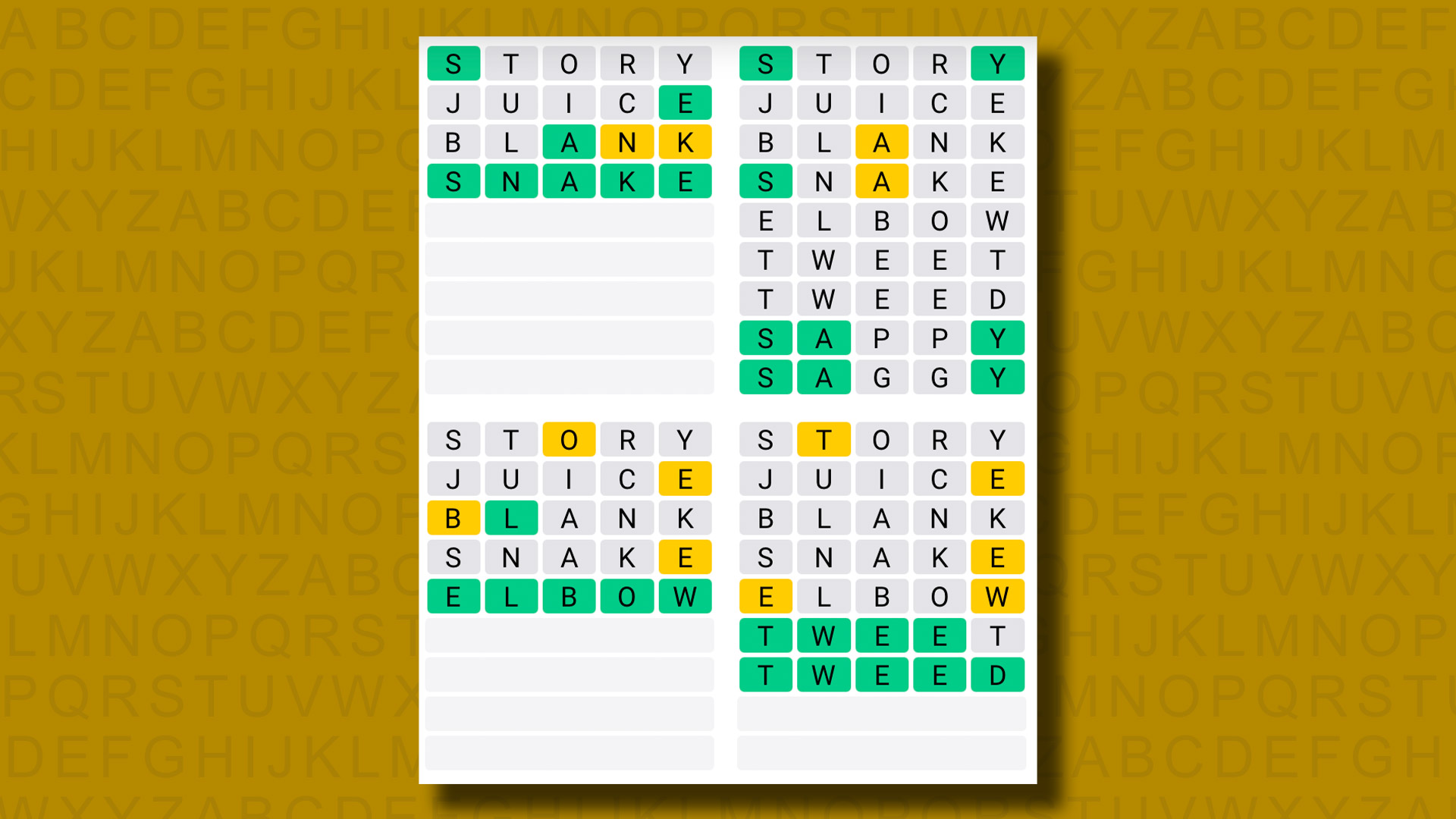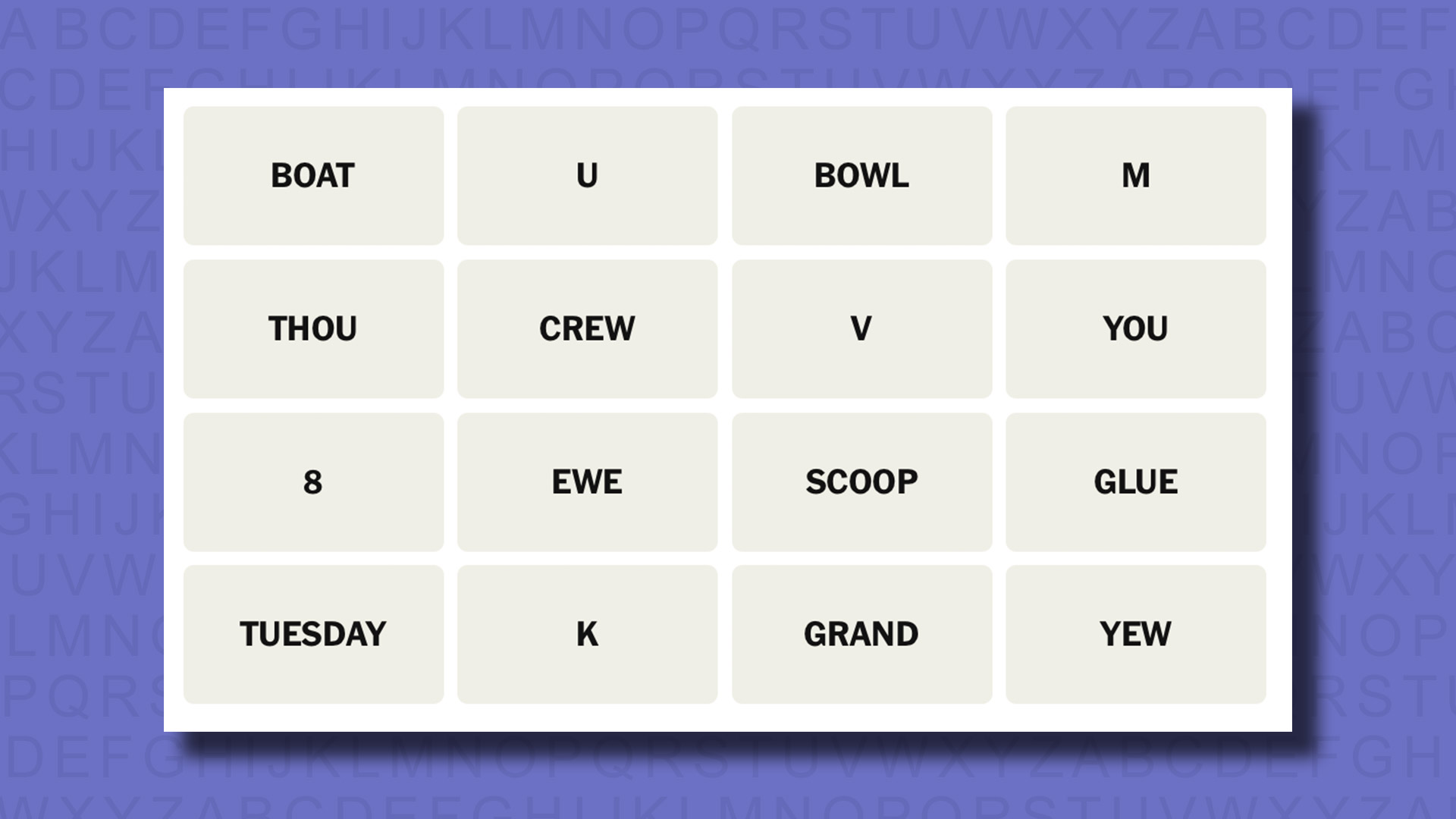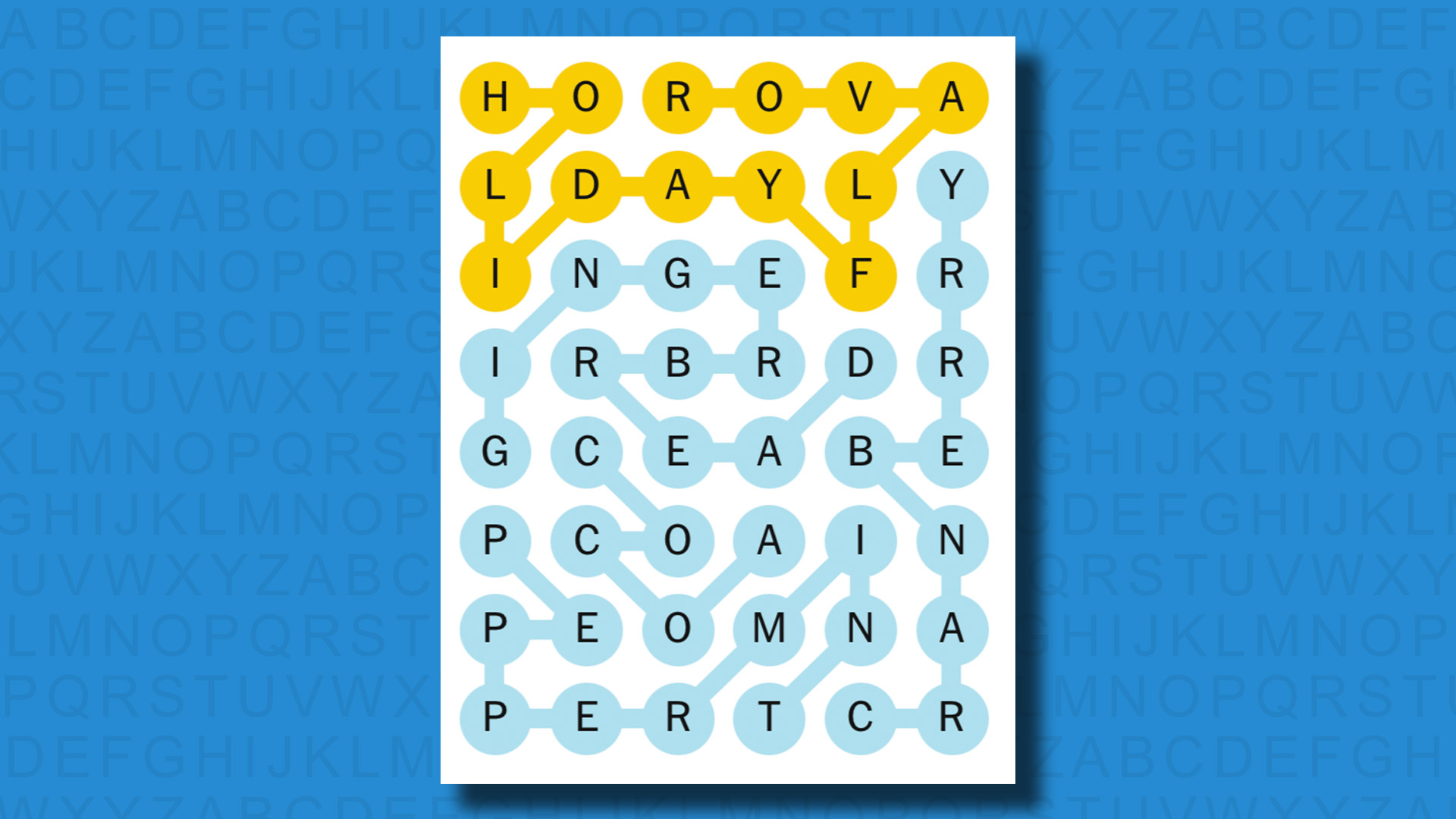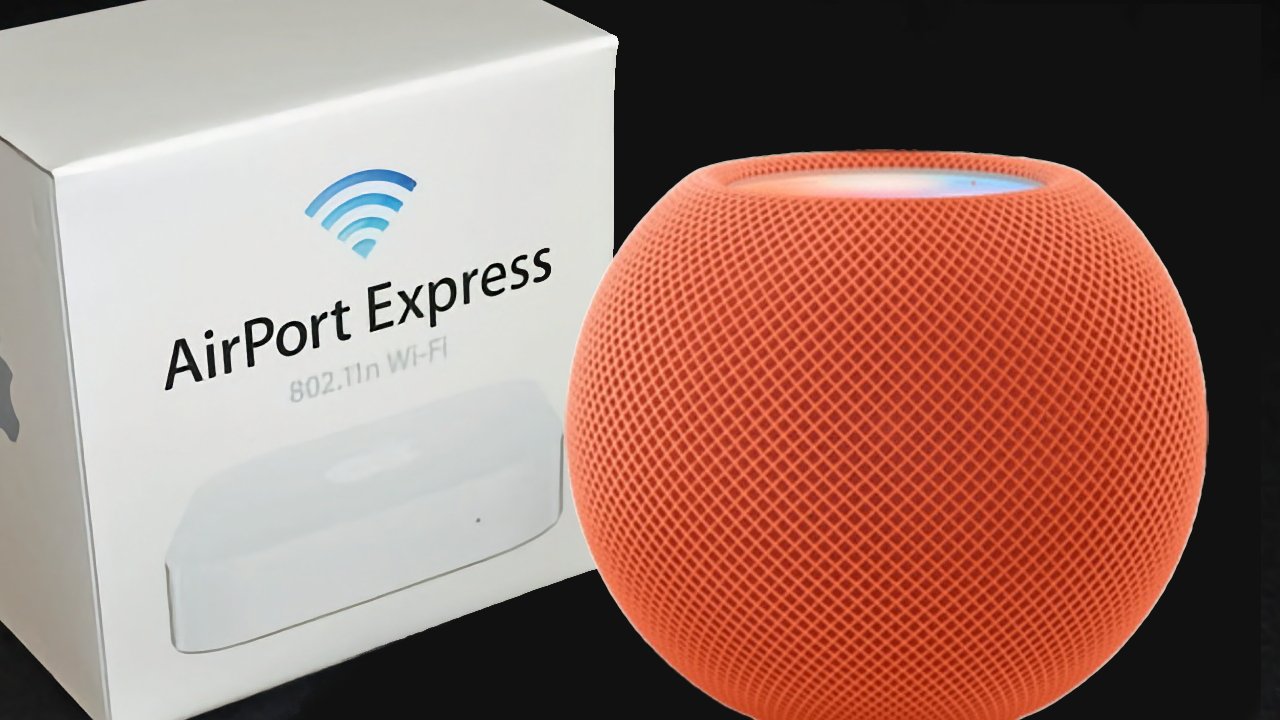Analyze massive datasets directly in memory — faster than ever
Originally appeared here:
Handling Billions of Records in Minutes with SQL ⏱️
Go Here to Read this Fast! Handling Billions of Records in Minutes with SQL ⏱️
Analyze massive datasets directly in memory — faster than ever
Originally appeared here:
Handling Billions of Records in Minutes with SQL ⏱️
Go Here to Read this Fast! Handling Billions of Records in Minutes with SQL ⏱️
Go Here to Read this Fast! SpaceX’s holiday greetings involve a quirky rocket-engine nozzle dance
Originally appeared here:
SpaceX’s holiday greetings involve a quirky rocket-engine nozzle dance


Originally appeared here:
The Apple Vision Pro’s Ultrawide Mac Virtual Display is something you have to see to believe


Go Here to Read this Fast! Quordle today – my hints and answers for Monday, December 23 (game #1064)
Originally appeared here:
Quordle today – my hints and answers for Monday, December 23 (game #1064)


Originally appeared here:
NYT Connections today — my hints and answers for Monday, December 23 (game #561)


Originally appeared here:
NYT Strands today — my hints, answers and spangram for Monday, December 23 (game #295)



Apple first introduced the AirPort line of residential internet gateways in 1999, and continued to iterate the product line until the final AirPort Extreme router was discontinued in 2018. Since then, fans have called for the company to revive the product, celebrated for its ease of setup and management.
While most third-party routers have gotten increasingly antenna-laden and spider-like, home gateways from the big residential internet providers, such as AT&T, Comcast, Optimum, T-Mobile, Verizon, and Windstream have mostly moved to AirPort-like smooth boxes. These home routers utilize internal antennas, offering whole-home coverage for most single-story homes, with small plug-in signal repeaters for multi-story or larger residences.
Go Here to Read this Fast! Apple may revive its AirPort technology in new HomePod and Apple TV
Originally appeared here:
Apple may revive its AirPort technology in new HomePod and Apple TV
NASA’s Parker Solar Probe is still zipping around the sun making history, and it’s gearing up for another record-setting approach this week. On December 24 at 6:53AM ET, the spacecraft’s orbit will take it just 3.8 million miles from the solar surface, according to the space agency. That’ll be the closest it — or any other probe — has ever come to the sun. The milestone will mark the completion of the Parker Solar Probe’s 22nd orbit around our star, and the first of the three final closest flybys planned for its mission. The craft, which launched in 2018, is expected to complete a total of 24 orbits.
“No human-made object has ever passed this close to a star, so Parker will truly be returning data from uncharted territory,” Nick Pinkine, Parker Solar Probe mission operations manager at the Johns Hopkins Applied Physics Laboratory, said in a statement on NASA’s blog. “We’re excited to hear back from the spacecraft when it swings back around the Sun.”
The Parker Solar Probe will be traveling at about 430,000 miles per hour at the time of its closest-ever pass. It’ll ping the team to confirm its health on December 27, when it’ll be far enough from the sun to resume communications.
This article originally appeared on Engadget at https://www.engadget.com/science/space/nasas-parker-solar-probe-will-fly-closer-to-the-sun-than-ever-on-christmas-eve-225338918.html?src=rss
A new report published by the child safety groups Heat Initiative and ParentsTogether Action details the alarming presence of inappropriate apps that are rated as suitable for children as young as four years old on Apple’s App Store. The groups worked with a researcher to review as many apps as possible in the span of 24 hours, and say they ultimately identified over 200 apps that contained “concerning content or features” given the ages they were rated for — including stranger chat and AI girlfriend apps, gaming apps with sexual or violent prompts and imagery, and AI-powered appearance rating apps. Engadget has reached out to Apple for comment and will update this story upon hearing back.
The research focused on apps with assigned age ratings of 4+, 9+ and 12+ in categories considered to be “risky”: chat (including AI and stranger chat apps), beauty, diet and weight loss, unfiltered internet access (apps for accessing schools’ banned sites) and gaming. Among the findings, the report says at least 24 sexual games and 9 stranger chat apps were marked as appropriate for kids in these age groups. The research also identified 40 apps for unfiltered internet access and 75 apps relating to beauty, body image and weight loss carrying these age ratings, along with 28 shooter and crime games. Collectively, the roughly 200 offending apps spotted during the 24-hour investigation have been downloaded over 550 million times, according to Heat Initiative.
About 800 apps were reviewed in all, and the research found that some categories were more likely than others to carry apps with inappropriately low age ratings. For stranger chat apps and games, “fewer were rated as appropriate for children,” the report says. In most cases, they were 17+. But in the categories of weight loss and unfiltered internet access, “nearly all apps reviewed were approved for kids 4+.” The report calls on Apple to do better when it comes to child safety measures on the App Store, urging the company to use third-party reviewers to verify apps’ age ratings before they become available to download, and to make its age rating process transparent to consumers. You can read the full report, Rotten Ratings: 24 Hours in Apple’s App Store, here.
This article originally appeared on Engadget at https://www.engadget.com/big-tech/inappropriate-apps-rated-as-safe-for-young-children-are-prevalent-in-the-app-store-report-warns-213727965.html?src=rss
Originally appeared here:
Inappropriate apps rated as safe for young children are prevalent in the App Store, report warns
Originally appeared here:
From lab to life – atomic-scale memristors pave the way for brain-like AI and next-gen computing power